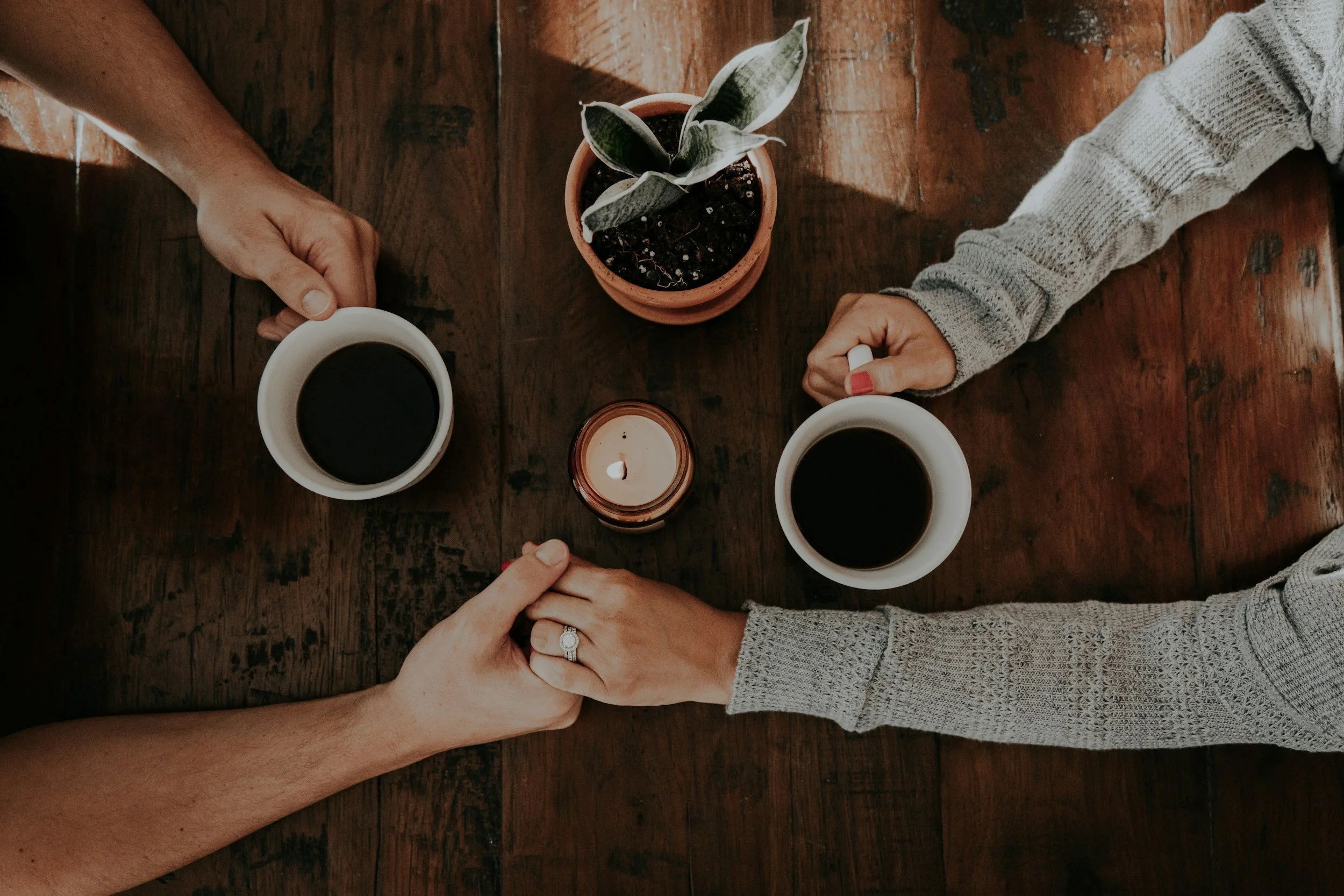How Past Experiences Shape Your Relationships — And How You Can Heal
Introduction: Why the Past Shows Up in the Present
Have you ever found yourself reacting more strongly in an argument than the situation seemed to call for? Or maybe you’ve noticed a pattern—choosing partners who feel oddly familiar, even when past relationships haven’t been healthy. This isn’t just coincidence or “bad luck in love.” Often, the patterns in our current relationships are deeply connected to our past experiences, especially those from childhood or early adulthood.Don’t worry about sounding professional. Sound like you. There are over 1.5 billion websites out there, but your story is what’s going to separate this one from the rest. If you read the words back and don’t hear your own voice in your head, that’s a good sign you still have more work to do.
As a therapist specializing in EMDR and couples counseling, I’ve seen how unresolved wounds can quietly (or not so quietly) influence communication, trust, intimacy, and emotional safety in relationships. The good news? You can interrupt these patterns, heal from the root, and create the kind of relationships you truly want.
Attachment Wounds: The Blueprint for Connection
From the moment we’re born, our brains and nervous systems are wired to seek safety and connection. The way our early caregivers responded to our needs—whether with warmth and consistency or inconsistency and withdrawal—forms what psychologists call our “attachment style.”
When early experiences are marked by neglect, unpredictability, criticism, or even well-intentioned but emotionally unavailable parenting, we may carry forward attachment wounds. As adults, these wounds can lead to:
Fear of abandonment and intense anxiety in relationships
Avoidance of closeness or difficulty opening up
Feeling “too much” or “not enough”
Overreacting to perceived slights or pulling away when things get too close
The tricky part? These reactions often feel automatic. That’s because they’re rooted in your body’s learned survival strategies—not just conscious choices.
How Trauma Shows Up in Relationships
Trauma isn’t only about major, obvious events. It can also come from subtle, ongoing emotional injuries—feeling unseen, unheard, or unimportant.
In relationships, this can look like:
Shutting down when conflict arises
Becoming overly controlling to avoid feeling helpless
Struggling to trust even when your partner has done nothing to betray you
Feeling triggered by small misunderstandings
You might know your partner loves you, yet still feel unsafe or on edge. That’s because trauma lives in the nervous system, and the body remembers even when the mind says, “I’m fine.”
Why EMDR Can Help Heal Relationship Patterns
Eye Movement Desensitization and Reprocessing (EMDR) is a powerful therapy method that helps your brain reprocess old memories so they no longer trigger the same intense emotional or physical reactions.
Instead of just talking about the past, EMDR works directly with how your brain stores and responds to distressing memories. For relationship issues, this means:
Reducing triggers that lead to conflict or withdrawal
Shifting beliefs like “I’m unlovable” or “People always leave me”
Building a calmer, more grounded response when emotions run high
When you combine EMDR with couples therapy, you’re not just learning new communication skills—you’re healing the underlying wounds that make certain conversations or behaviors so painful.
Couples Therapy: A Safe Space for Change
If you’re in a relationship, couples therapy offers a place to unpack patterns together, with guidance and structure. This is especially important if one or both partners have experienced trauma.
In my work, I help couples:
Identify cycles that keep them stuck
Understand the deeper needs and fears behind arguments
Practice repair strategies that actually work
Build intimacy through emotional safety, not just physical closeness
Couples therapy isn’t about blaming one partner—it’s about understanding both partners’ experiences and finding ways to connect more authentically.
Healing Isn’t Just for Couples
While many clients come to therapy as a couple, others start individually—sometimes because their partner isn’t ready for counseling, or because they want to work on their own patterns first.
You don’t need to wait until your relationship is in crisis to begin healing. In fact, starting earlier can help you break patterns before they create deep rifts.
Practical Steps You Can Take Now
While therapy is one of the most effective ways to address trauma in relationships, you can start building awareness today. Here are a few ways:
Notice your triggers – When you feel a strong emotional reaction, pause and ask yourself, “What does this remind me of?”
Practice self-soothing – Use grounding techniques like deep breathing, gentle movement, or sensory focus to calm your nervous system before responding.
Communicate your needs clearly – Use “I” statements and express emotions without blame.
Challenge old beliefs – When you hear the inner voice saying, “I’m not worth it” or “They’ll leave me,” gently remind yourself of present reality.
These steps won’t erase deep patterns overnight, but they can create space for new ways of relating.
You Deserve Relationships That Feel Safe and Fulfilling
Whether you’ve experienced childhood trauma, attachment wounds, or past relationship betrayals, it’s possible to create a different story for your relationships. Through EMDR, couples therapy, or individual counseling, you can process the past, feel more grounded in the present, and build a future that reflects your true values and desires.
If you’re looking for relationship trauma therapy, EMDR for couples, or counseling for attachment wounds, I offer sessions both in-person and online. Contact me to schedule a free consultation and begin your path toward deeper connection, safety, and trust—in your relationship and with yourself.

